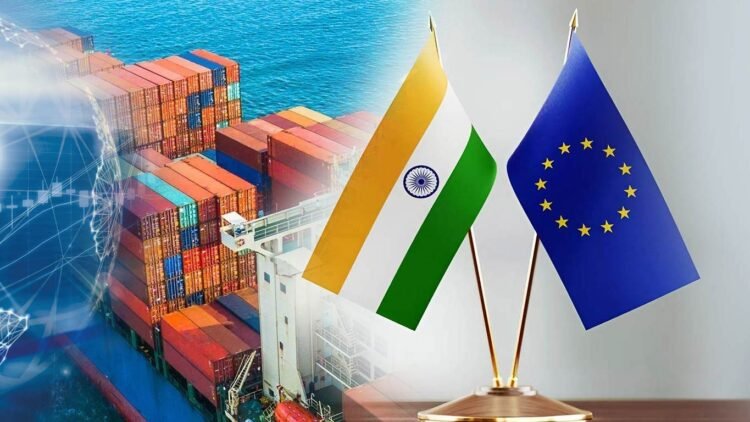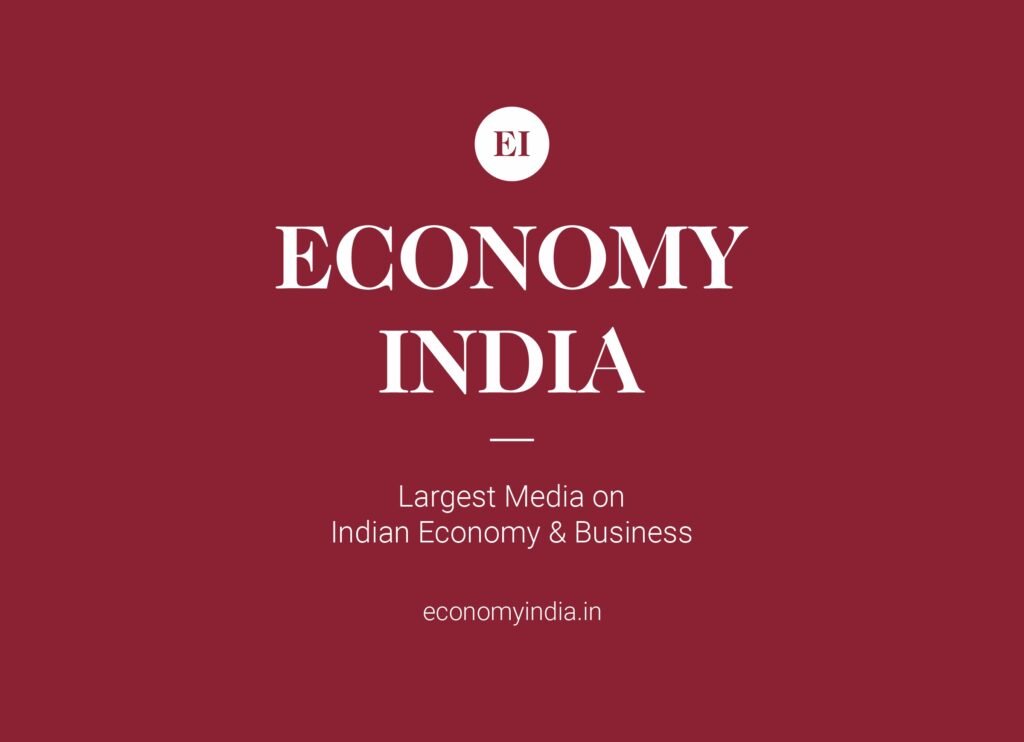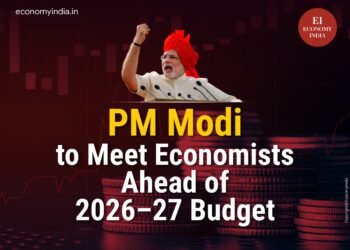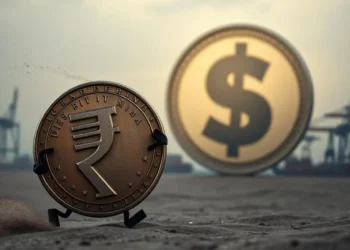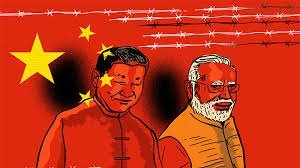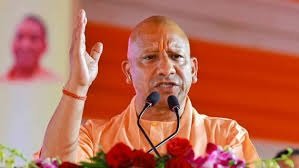By Economy India News Desk | New Delhi | Updated: July 15, 2025
India and the European Union (EU) are set to resume formal negotiations on their long-pending Free Trade Agreement (FTA) with the 13th round scheduled for September 2025 in New Delhi. The announcement was made by L. Satya Srinivas, Special Secretary in the Department of Commerce, following the conclusion of the 12th round held in Brussels last week.
The proposed FTA, officially known as the India-EU Broad-based Trade and Investment Agreement (BTIA), is a comprehensive framework aimed at enhancing trade in goods, services, investment, digital commerce, and sustainable development between the world’s largest democracy and the European Union — a 27-member bloc with a combined GDP of over $18 trillion.
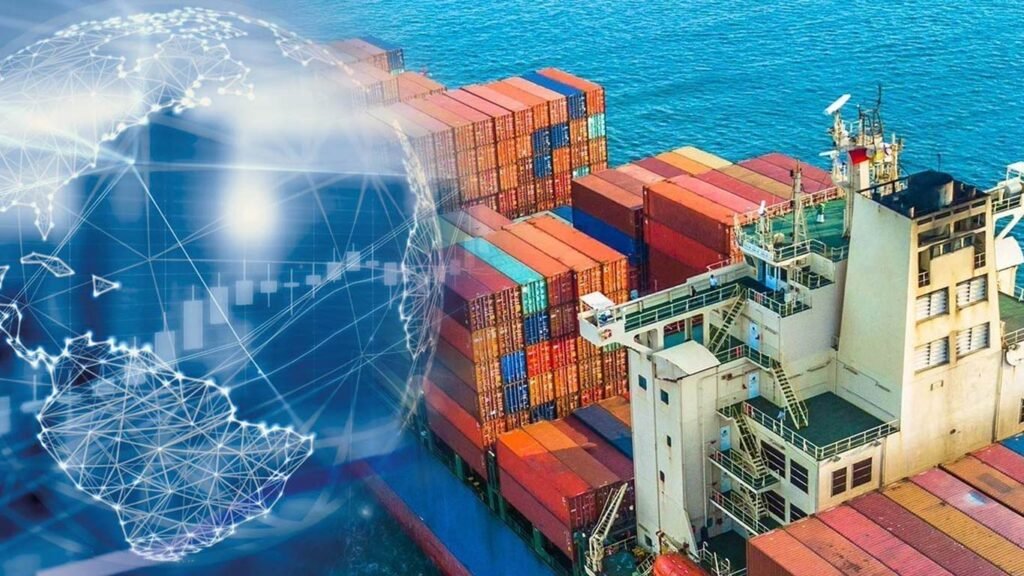
🔍 What Was Discussed in the 12th Round?
According to officials, the 12th round saw significant technical-level discussions, particularly on:
- Market access for services
- Tariff reduction schedules
- Investment protection mechanisms
- Trade and sustainable development provisions
Both parties also exchanged fresh proposals related to the services sector, a priority area for India due to its strong IT, consulting, and financial services industries.
“The 12th round held in Brussels went smoothly, and we made forward-looking exchanges, especially on services. We are now preparing for the next round to be hosted in India this September,” said Mr. Srinivas.
🌐 Why This FTA Matters: A Strategic Trade Partnership
The India-EU FTA is viewed as a highly strategic trade pact that could reshape India’s global trade footprint. Here’s why it matters:
🔹 Bilateral Trade Snapshot:
- Goods Trade (FY 2024–25): Over $135 billion
- Services Trade: Approx. $45 billion
- EU’s share in India’s global exports: ~15%
- India’s exports to EU: Pharmaceuticals, textiles, IT services, engineering goods
- EU’s exports to India: Machinery, transport equipment, chemicals, high-end agri-products
🔹 Mutual Benefits:
- For India: Greater access to high-income EU markets, tech transfers, investment inflows
- For EU: Expansion in a rapidly growing consumer market, reliable supply chain base, skilled services

⚖️ Challenges and Negotiating Gaps
Despite progress, some thorny issues remain under negotiation:
| Key Issues | India’s Position | EU’s Concerns |
|---|---|---|
| Tariff Reductions | Gradual liberalization with sectoral sensitivity | Greater market access in automobiles, wine, spirits |
| Intellectual Property | Balance between innovation and affordability | Stronger IP protections for pharma and digital goods |
| Data Flow & E-Commerce | Sovereign control and local data storage | Seamless cross-border data movement |
| Labour & Environment | Willingness for cooperation | Binding commitments and third-party review |
The EU has also expressed interest in integrating climate and labour standards into the agreement — which India sees as non-trade issues, requiring careful balancing.
🛣️ What’s Next: The Road Ahead
The upcoming 13th round in New Delhi is expected to address:
- Finalisation of offers in goods and services
- Investment facilitation chapter
- Digital trade framework
- Sustainable development clause
- Dispute settlement mechanisms
Sources indicate that both sides are now working with a target timeline of late 2026 to conclude the agreement, coinciding with India’s G20+5 leadership momentum and the EU’s renewed focus on diversifying trade partners post-Brexit and post-pandemic.
🧩 Geopolitical Significance: India-EU Ties in a Changing World
In an era of shifting trade alliances and global supply chain reconfiguration, the India-EU FTA holds enormous geopolitical relevance:
- China+1 Strategy: EU’s intent to diversify supply chains from China
- Resilient Trade Corridors: India as a key partner in clean tech, digital innovation, and pharmaceuticals
- Green Partnership: Collaboration on green hydrogen, circular economy, and sustainable textiles
- Digital Governance: Shared interest in regulating big tech, cybersecurity, and ethical AI frameworks
The proposed India-EU Free Trade Agreement has the potential to become a cornerstone of 21st-century trade diplomacy, promoting inclusive growth, innovation, and economic cooperation. As both sides prepare for the September round in New Delhi, industry observers are optimistic that political will, mutual economic interest, and global trade realignment will propel the negotiations toward a landmark agreement.
(Economy India)


